Shadowrun Returns
Way back in 1989, FASA Corporation, publisher of role-playing games, wargames and board games, released the first version of Shadowrun, a science fantasy tabletop role-playing game. It was cross-genre, taking elements from both cyberpunk and urban fantasy and putting the player in a world where humans co-exist with elves, dwarfs, trolls and other exotic races, where magic and cyberware are common and the Matrix1 is accessed by deckers, jacking into the network with cyberdecks connected directly to their brains.
I was introduced to Shadowrun while attending middle school by some older friends of mine with long hair and/or glasses who were heavily into tabletop role-playing games. Over the years we tried many different games, like Vampire The Masquerade and the GURPS system, but Shadowrun was always the one we returned to and the game that gathered most players. Shadowrun has continued to thrive since its release as one of the most popular tabletop role-playing games and in July 2013, Shadowrun Fifth Edition was released.
The Shadowrun universe has spawned a massive amount of properties, including action figure games, two magazines, over 50 novels and four more or less successful video games. The latest video game installment, Kickstarter-backed Shadowrun Returns, was just recently released and this is my quick and dirty review.
I have to admit that I don’t remember all the details of the Shadowrun rules, it’s been over 15 years since I last sat down to play, but from what I can tell, Shadowrun Returns is true to the core rulebook. The game takes its rules from the second and third edition of the rulebook and everything from character creation to the available items feel familiar. All races and classes, from Street Samurai to Shaman are there, all the different types of magic are available, deckers can enter the Matrix, and riggers can control drones. The only thing I haven’t seen is the astral space, so I’m not sure if it’s in the game, but players familiar with the Shadowrun universe will immediately feel at home nonetheless.
Shadowrun Returns features isometric graphics, and you move your character around and interact with people and objects in real time. But as soon as the drek hits the fan and the weapons come out, the game switches to a turn-based model. Your team can consist of up to four characters, including yourself, and they all have a number of move points determined by each character’s attributes. The combat, both in the real world and in the Matrix, is fairly simple, but in my opinion just as complex as it needs to be.
The game comes bundled with one campaign set in Seattle, and a single campaign might not seem like much, but it will keep you entertained for 8 to 10 hours. There’s also a Berlin campaign in development by the gamer’s creators, Harebrained Schemes, but it’s not scheduled for release until October. The campaign will be free for Kickstarter backers, but the rest of us have to get it as a paid DLC. That said, Shadowrun Returns comes with a level editor with virtually endless potential. And the game editor is the real strength of Shadowrun Returns: It’s a framework that enables game masters to create their own campaigns and share them with the community.
One of the great things about the tabletop version of Shadowrun was that it was very social, but if you were hoping for the same experience with Shadowrun Returns you will be disappointed. The game only supports singleplayer at the moment, but multiplayer might be implemented in the future. Multiplayer would be a sweet treat, but I’m not sure how it would be solved in practice. Who is the main character on a multiplayer run? Who will control the NPC team members? Thankfully, I’m not a game designer, so I’ll leave these challenges for Harebrained Schemes to solve themselves.
Since the game is just released, there are a few bugs here and there, but nothing major. Harebrained Schemes is also working closely with the players to find and remove bugs from the game and very recently released the first game patch. It contains both balancing changes and bug fixes the game needed. If there’s one major issue I’d like to point out, it’s the design decision to only save the game when the player moves from one area to another as opposed to letting the players save when real life needs their attention. It can be pretty damn tedious to replay parts of the game because you had to abort a run.
Despite these few shortcomings Shadowrun Returns is a great game. If you ever played the tabletop version and enjoyed it, you owe it to yourself to buy and play Shadowrun Returns. The base campaign that comes bundled with the game is perhaps a bit linear, but complex and intriguing enough to keep you entertained from start to end. There is also massive potential in the game editor. I’m very excited to see what kind of campaigns the community will create and share.
Maybe even my old game master will sit down and re-create his epic campaign from back in the days? That would be downright wiz.
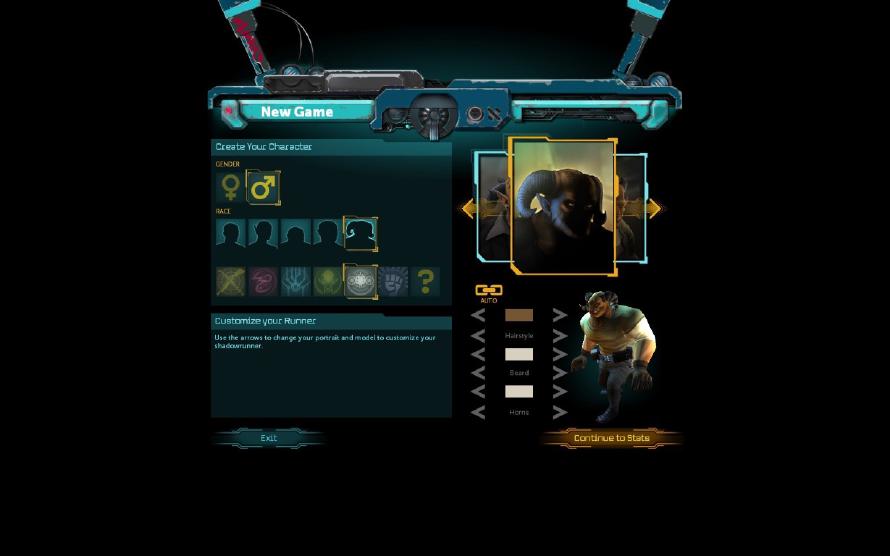
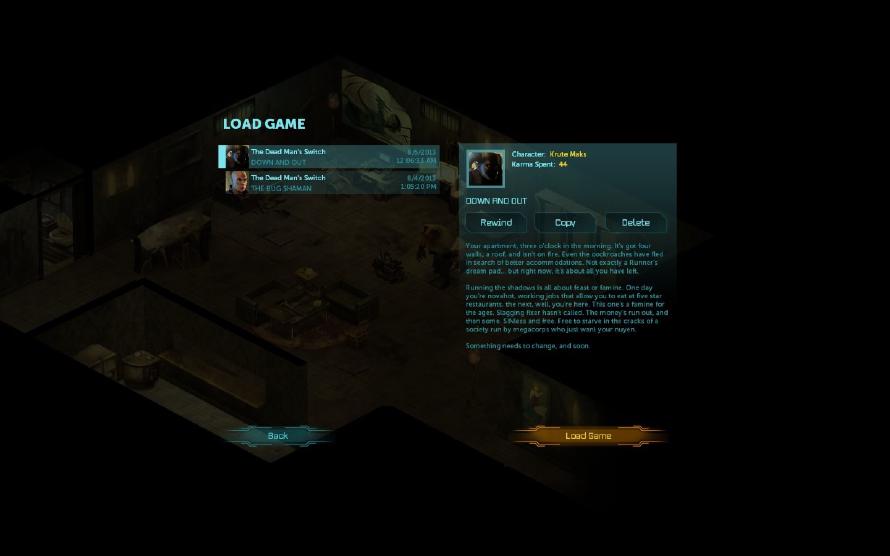
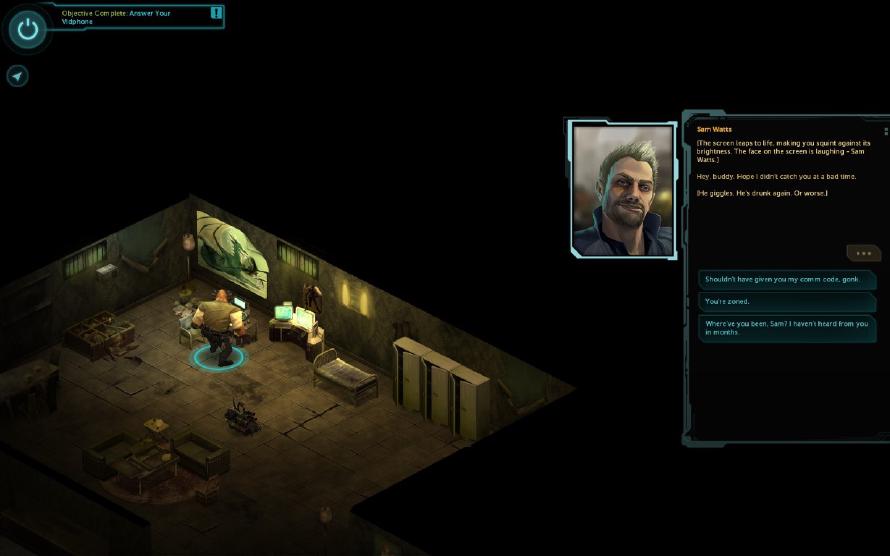
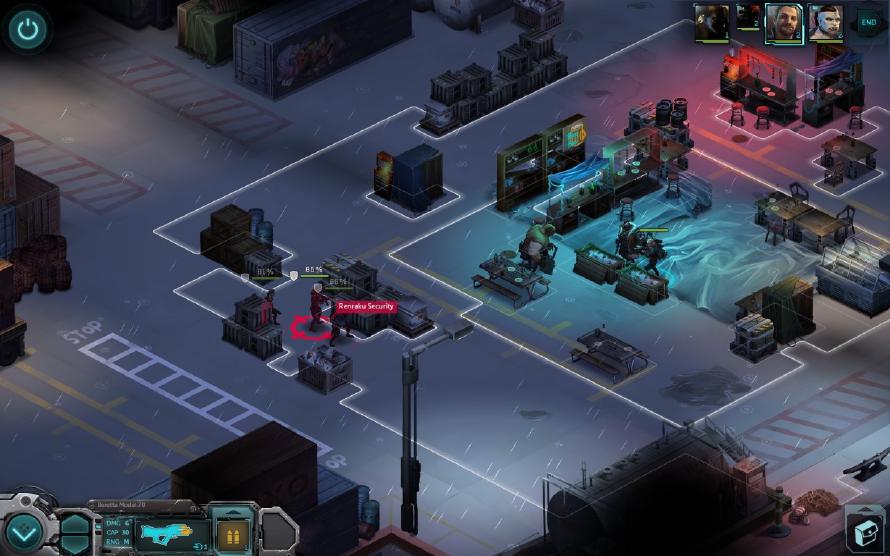
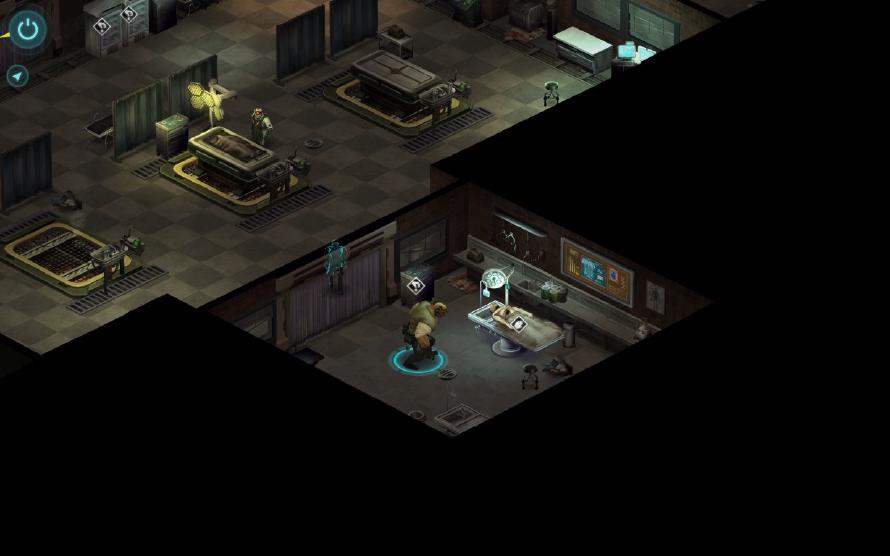
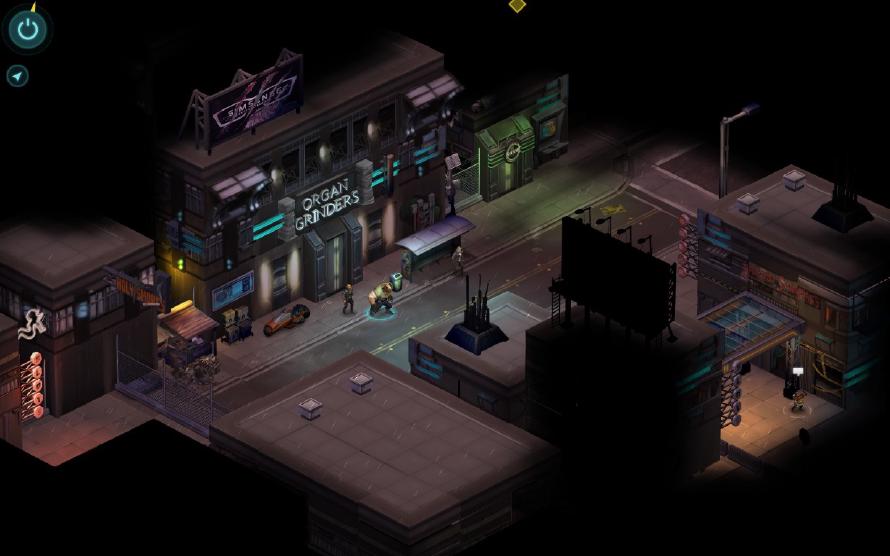
So you thought the term “the Matrix” was coined by the Wachowski brothers (now the Wachowski brother and sister) in their movie The Matrix? No, it wasn’t. But FASA Corporation wasn’t the first to come up with it either. The Matrix first appeared in a 1976 episode of Doctor Who, “The Deadly Assassin”, twenty-three years before the release of the Wachowski brothers’ The Matrix. The more you know. Source. ↩︎
Feedback
This post has no feedback yet.
Do you have any thoughts you want to share? A question, maybe? Or is something in this post just plainly wrong? Then please send an e-mail to vegard at vegard dot net with your input. You can also use any of the other points of contact listed on the About page.